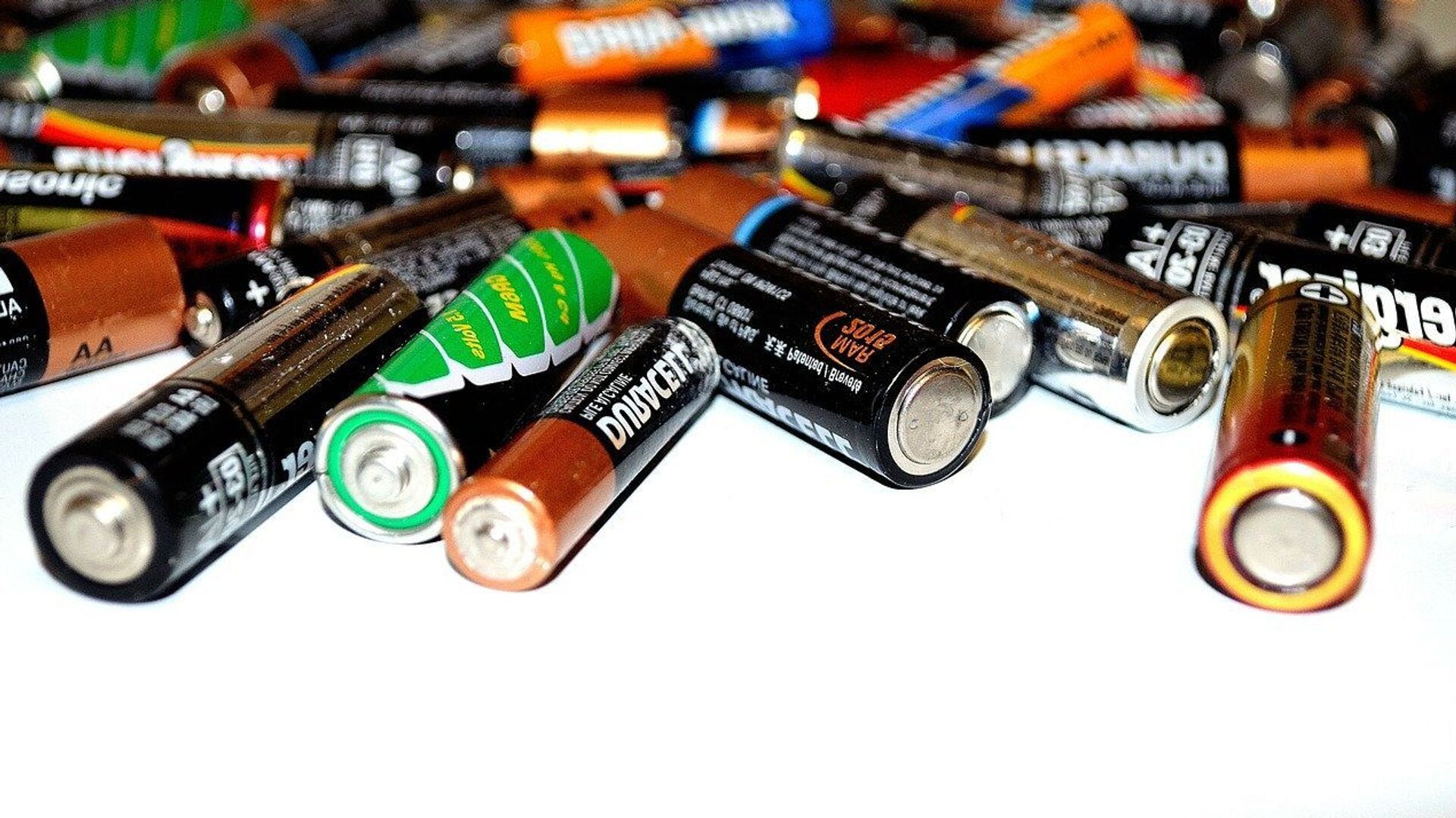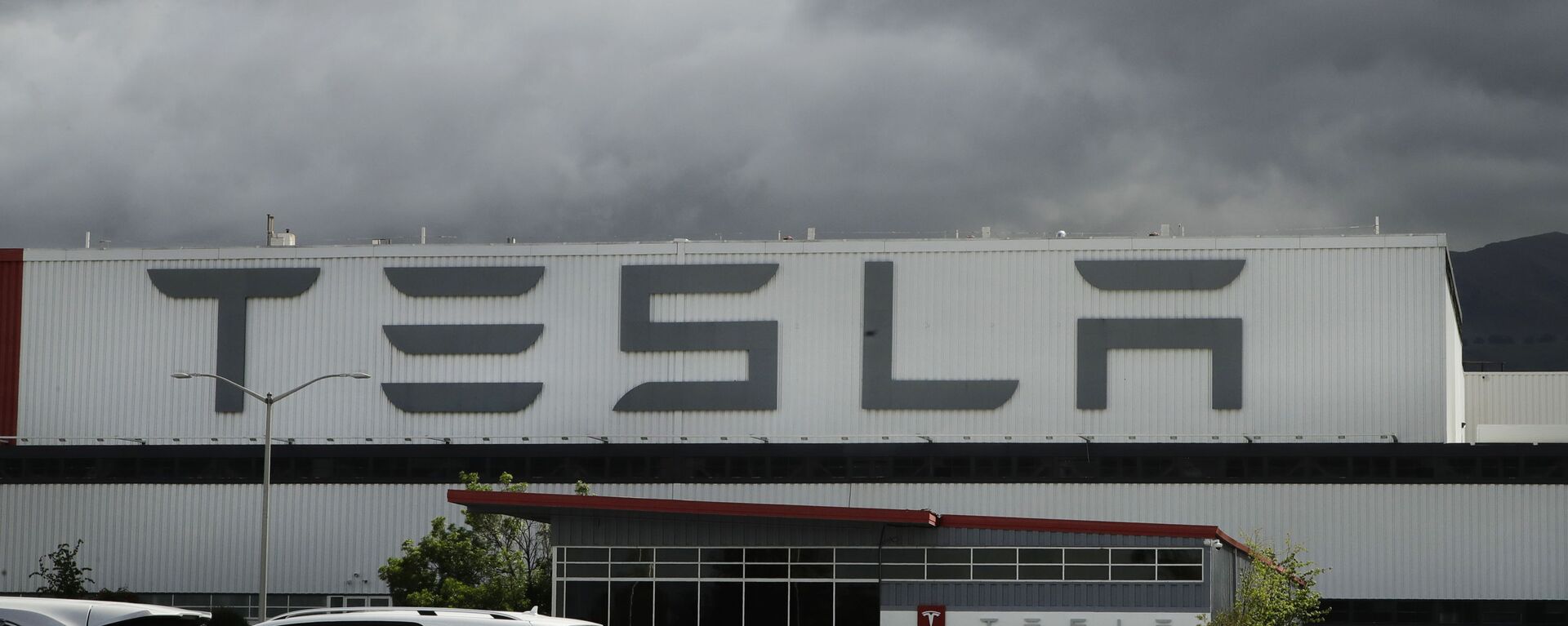https://sputnikglobe.com/20211208/imf-metals-demand-from-clean-energy-transition-threaten-to-top-global-supply-1091359701.html
IMF: Metals Demand From Clean-Energy Transition Threaten to Top Global Supply
IMF: Metals Demand From Clean-Energy Transition Threaten to Top Global Supply
Sputnik International
The global availability of metals such as lithium and cobalt that are needed for equipment to reduce climate warming emissions will unleash an unprecedented surge in demand that could outstrip supplies, the IMF warns.
2021-12-08T17:22+0000
2021-12-08T17:22+0000
2021-12-08T17:23+0000
metals
newsfeed
imf
https://cdn1.img.sputnikglobe.com/img/07e4/07/1b/1079993688_0:74:1271:788_1920x0_80_0_0_5de2ba5b0580471c4f7c9382ba53f584.jpg
“Replacing fossil fuels with low-carbon technologies would require an eightfold increase in renewable energy investments and cause a strong increase in demand for metals. However, developing mines is a process that takes a very long time - often a decade or more - and presents various challenges, at both the company and country level,” the report said.The report noted that a typical electric vehicle battery pack needs around 8 kilograms of lithium, 35 kilograms of nickel, 20 kilograms of manganese and 14 kilograms of cobalt while charging stations require substantial amounts of copper. For green power, solar panels use large quantities of copper, silicon, silver and zinc, while wind turbines require iron ore, copper and aluminium.Given the projected increase in metals consumption through 2050 under a net-zero emissions scenario, current production rates of graphite, cobalt, vanadium and nickel appear inadequate, showing a more than two-thirds gap versus the demand. Current copper, lithium and platinum supplies also are inadequate to satisfy future needs, with a 30 percent to 40 percent gap versus demand, the report said.The report also examined whether production can be scaled up. For some minerals, existing reserves would allow greater production through more investment in extraction, such as for graphite and vanadium. But with other minerals, current reserves could be a constraint on future demand - especially lithium and lead, as well as zinc, silver and silicon.Another issue examined in the report concerns the concentration of supplies for certain metals. For example the Democratic Republic of the Congo (DRC) accounts for about 70 percent of cobalt output and half of the reserves, the report said. The role is so dominant that the energy transition could become more difficult if the country cannot expand mining operations, it added.Similar risks apply to China, Chile and South Africa, which are all top producers for some of the metals most crucial to the energy transition, according to the report.
https://sputnikglobe.com/20210422/tesla-powerwall-home-battery-to-be-sold-in-bundle-with-solar-panels-musk-says-1082700873.html
Sputnik International
feedback@sputniknews.com
+74956456601
MIA „Rossiya Segodnya“
2021
Sputnik International
feedback@sputniknews.com
+74956456601
MIA „Rossiya Segodnya“
News
en_EN
Sputnik International
feedback@sputniknews.com
+74956456601
MIA „Rossiya Segodnya“
Sputnik International
feedback@sputniknews.com
+74956456601
MIA „Rossiya Segodnya“
imf, metals, clean energy
imf, metals, clean energy
IMF: Metals Demand From Clean-Energy Transition Threaten to Top Global Supply
17:22 GMT 08.12.2021 (Updated: 17:23 GMT 08.12.2021) WASHINGTON (Sputnik) - The global availability of metals such as lithium and cobalt that are needed for batteries, solar panels and other equipment to reduce climate warming emissions will unleash an unprecedented surge in demand that could outstrip supplies, the International Monetary Fund (IMF) warned in a report on Wednesday.
“Replacing fossil fuels with low-carbon technologies would require an eightfold increase in renewable energy investments and cause a strong increase in demand for metals. However, developing mines is a process that takes a very long time - often a decade or more - and presents various challenges, at both the company and country level,” the report said.
The report noted that a typical electric vehicle battery pack needs around 8 kilograms of lithium, 35 kilograms of nickel, 20 kilograms of manganese and 14 kilograms of cobalt while charging stations require substantial amounts of copper. For green power, solar panels use large quantities of copper, silicon, silver and zinc, while wind turbines require iron ore, copper and aluminium.
Given the projected increase in metals consumption through 2050 under a net-zero emissions scenario, current production rates of graphite, cobalt, vanadium and nickel appear inadequate, showing a more than two-thirds gap versus the demand. Current copper, lithium and platinum supplies also are inadequate to satisfy future needs, with a 30 percent to 40 percent gap versus demand, the report said.
The report also examined whether production can be scaled up. For some minerals, existing reserves would allow greater production through more investment in extraction, such as for graphite and vanadium. But with other minerals, current reserves could be a constraint on future demand - especially lithium and lead, as well as zinc, silver and silicon.
Another issue examined in the report concerns the concentration of supplies for certain metals. For example the Democratic Republic of the Congo (DRC) accounts for about 70 percent of cobalt output and half of the reserves, the report said. The role is so dominant that the energy transition could become more difficult if the country cannot expand mining operations, it added.
Similar risks apply to China, Chile and South Africa, which are all top producers for some of the metals most crucial to the energy transition, according to the report.


